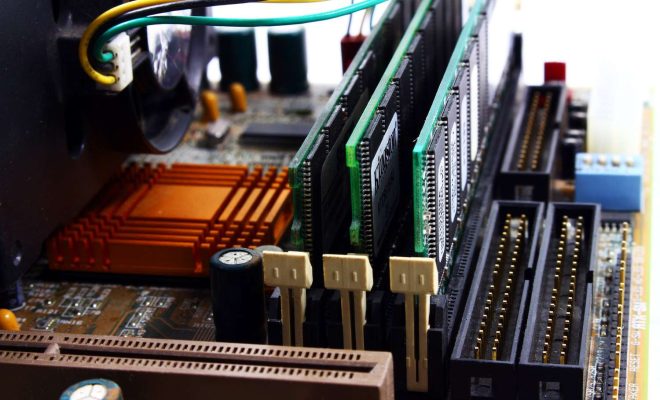What is Random Access Memory (RAM)?

Random Access Memory (RAM) is a computer hardware component that stores data temporarily. It is an essential component of a computer system, as without RAM, the computer cannot perform any task. RAM facilitates the computer to access the data quickly, making it much faster than other storage devices such as hard drives.
RAM comes in the form of small chips that can be easily plugged into a computer motherboard. The amount of RAM a computer has determines the number of applications it can run smoothly. In the past, computer enthusiasts would have started with a few kilobytes of RAM, which could run only the most basic of programs. However, with the advancement of technology, modern computers have gigabytes of RAM, which can execute complex programs and perform multitasking with ease.
When you open an application on your computer, it is loaded into RAM because RAM is much faster than the process of accessing data from the computer’s hard drive. The data can be accessed randomly, which means that the computer doesn’t have to go through a sequence of information to find it as it would do for data stored on a hard drive.
RAM is volatile memory, which means that the data stored in it is cleared when the computer shuts down. However, this makes RAM a great tool for running programs quickly and efficiently. RAM also helps the computer to run smoothly by providing space for temporary data storage, such as when opening a web page or using a software application.
RAM’s primary purpose is working memory, but it can be used to enhance the computer’s performance. A computer technician can upgrade a computer’s RAM by purchasing new chips and installing them in the device. An increase in RAM will enable the computer to run more programs simultaneously or run more memory-intensive programs like graphics design applications, video editing tools, and some modern games.






